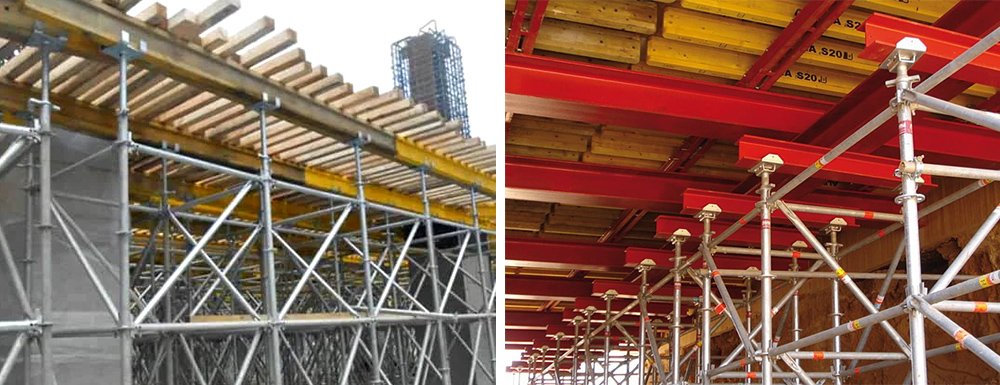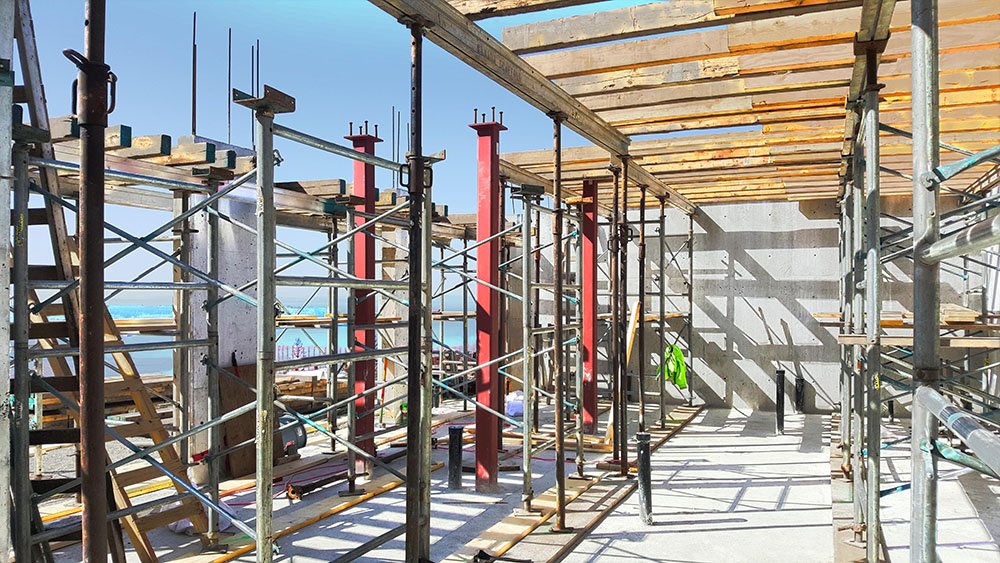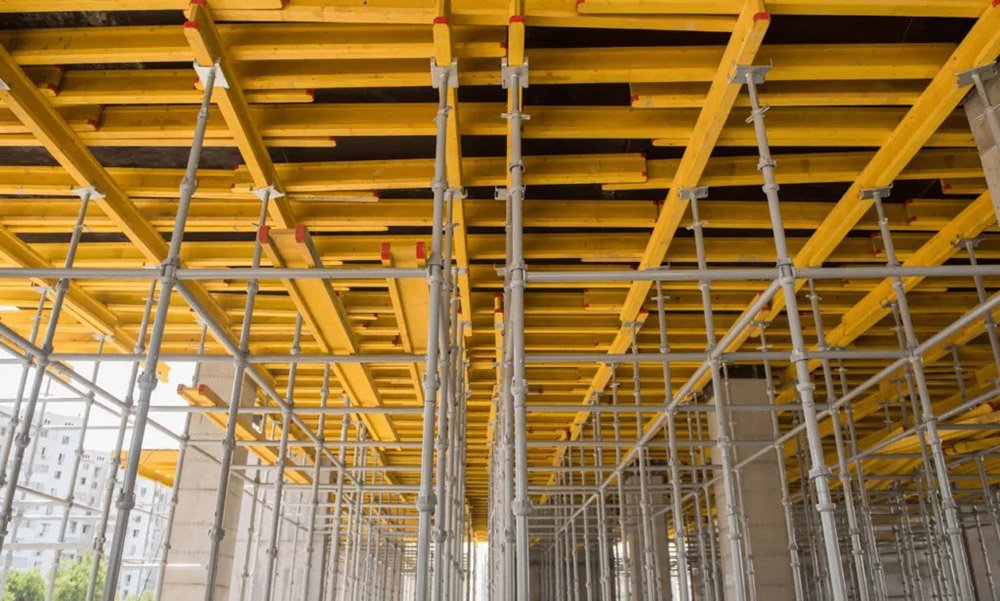Top head base jack plays the role of upper support and height adjustment in the scaffolding system. It is mostly made of Q235 carbon steel and mounted at the top of the vertical standard to achieve horizontal elevation control by adjusting the screw with usual adjustment range of max 300mm. As a key load-bearing component of formwork support and scaffolding system, its characteristics of function, installation method, material and adjustment range directly affect the stability and safety of the entire support system.
Basic Structure
●Threaded screw: Most made of threaded steel bars with a diameter of 30-50 mm, and usual length 300-700 mm. It’s welded beneath steel plates or U-shaped supports. The bottom end is inserted into the upper end of the vertical standard top, and the height can be adjusted by rotating the screw thread with exposed length of max 300mm.
●Support plate: Flat or U-shaped steel plate, used to bear the upper load. Flat plate forms 150*5mm, and the U-shaped type’s slot depth minimum 100mm, to support the ledges or the keels.
●Screwed adjusting buckle: By rotating around screw, the height can be adjusted. The buckle thickness is more than 30mm to ensure that the load-bearing capacity meets the standard.
●Base plate: Some are equipped with a circular base at the bottom by welding for fixation to the vertical standard top.
Combined Usage with Other Scaffolding Components
●Formwork support system: On the top, wooden pads or horizontal steel tubes are placed and followed with upper layer of formwork, forming a force transmission chain of “ vertical standard-head base jack-keel- formwork”.
●Scaffolding erection: Used for top leveling, and adjusted to the designed height. Mostly suitable for interior decoration, support frames, and other scenarios.










